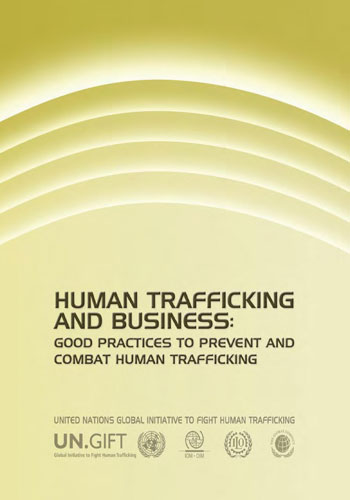The Connection Between the Mara Salvatrucha (MS-13) and Human Trafficking

The Mara Salvatrucha, better known by their acronym MS-13, is one of the largest and most violent transnational criminal organizations in the world. Their motto is “Kill, Rape, Control.”Since the 1980s, MS-13 members have typically engaged in a wide range of violent and criminal activity including, “drug distribution, murder, rape, prostitution, robbery, home invasions, immigration offenses, kidnapping, carjacking/auto thefts, and vandalism.” More recently there has been a rise in MS-13 engaging in various forms of human trafficking. This paper seeks to explore the connection between the MS-13 and human trafficking.
Country
Worldwide
Region
Worldwide
Year
2017
Topics




